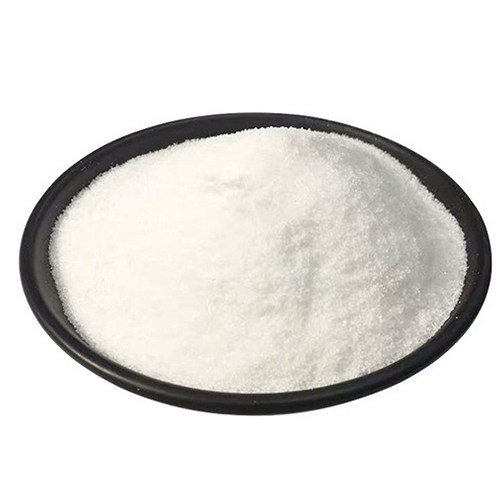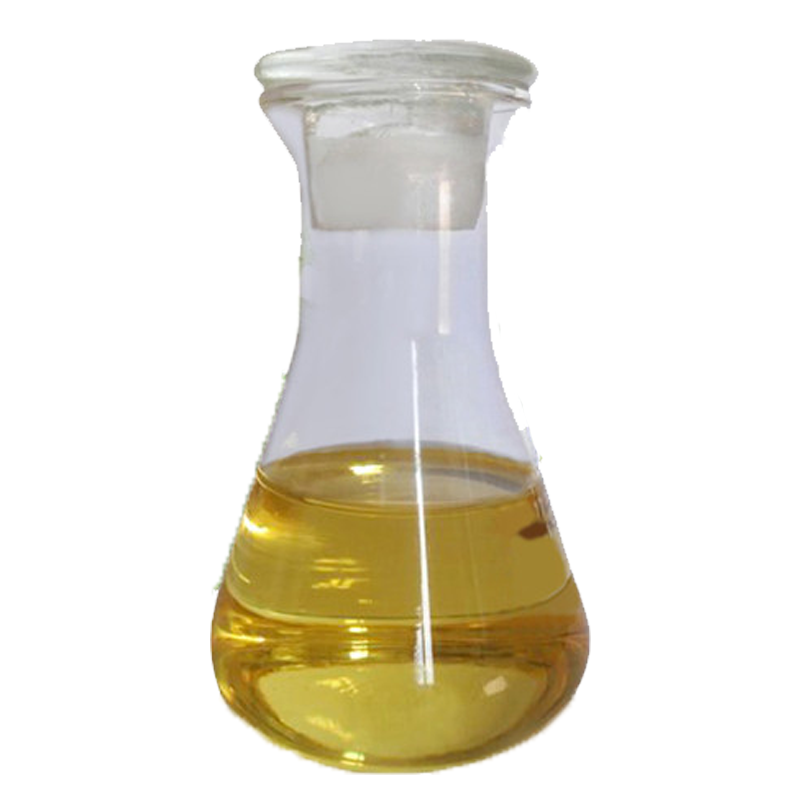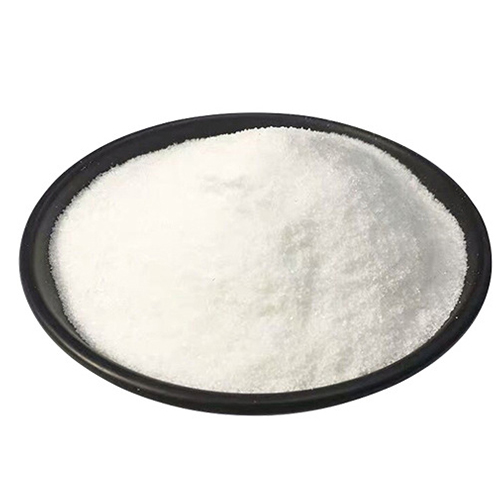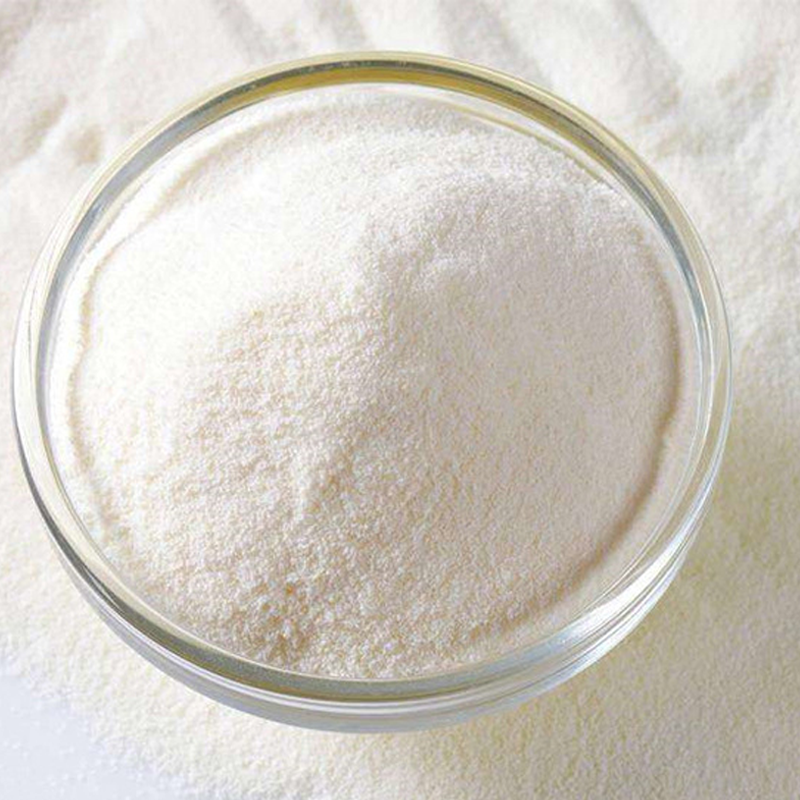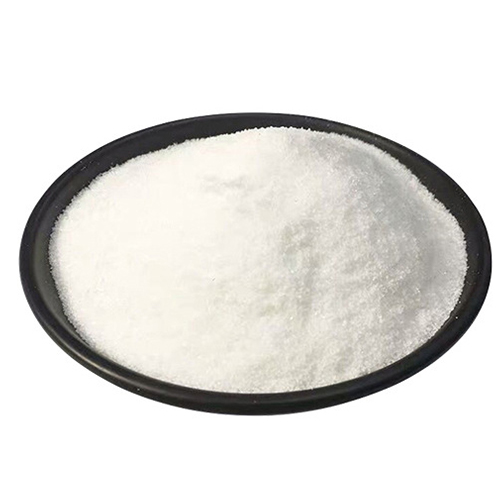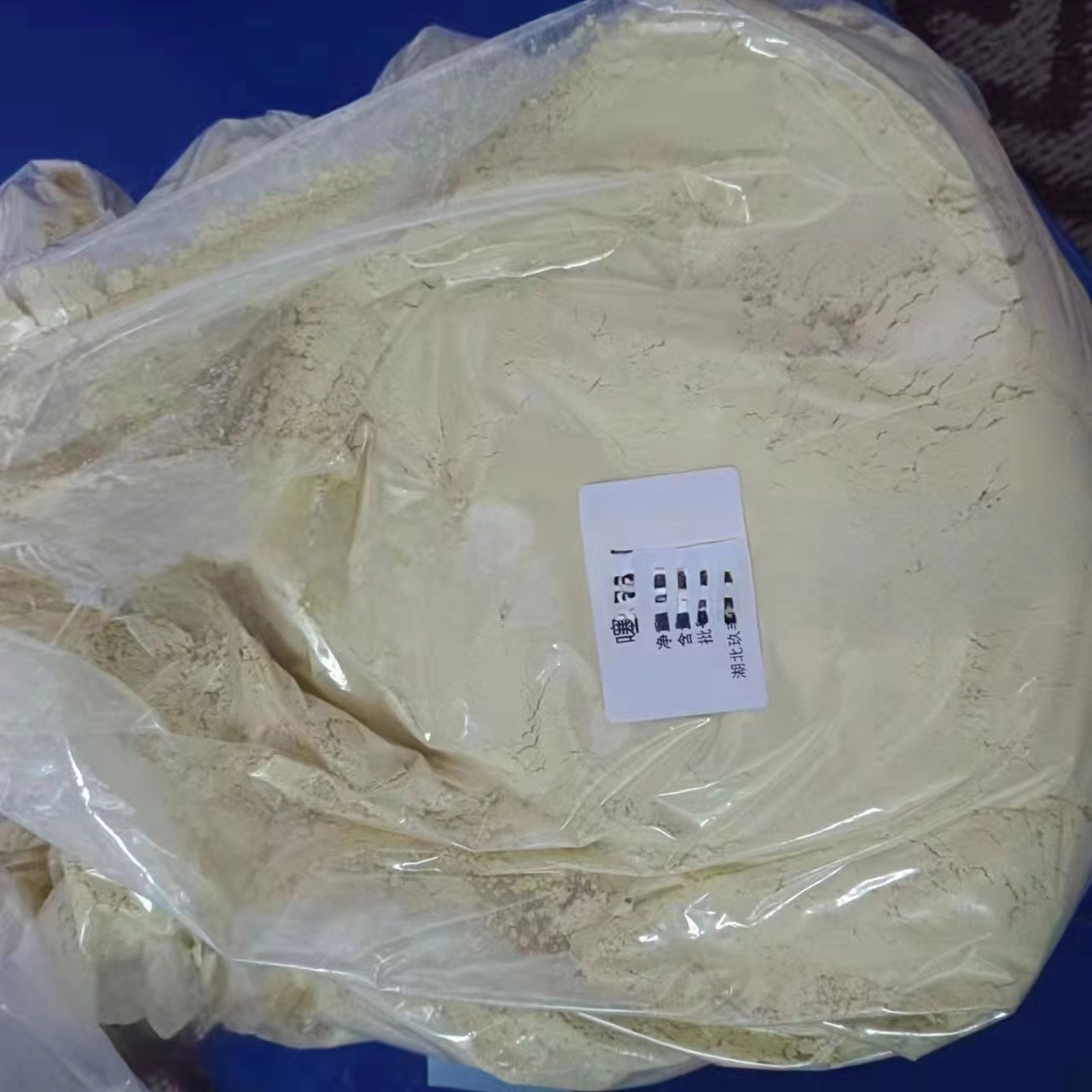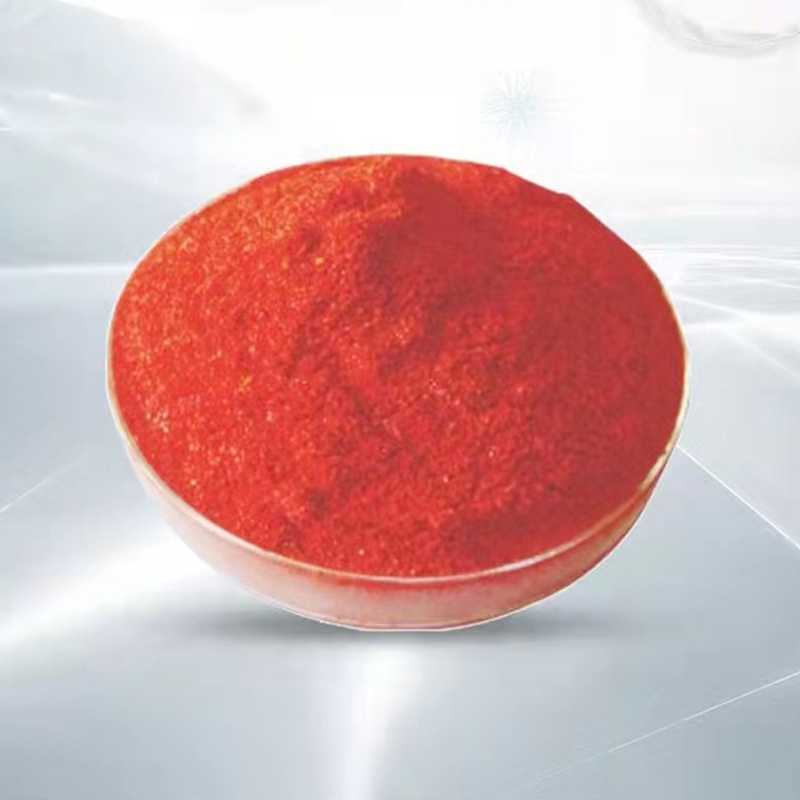
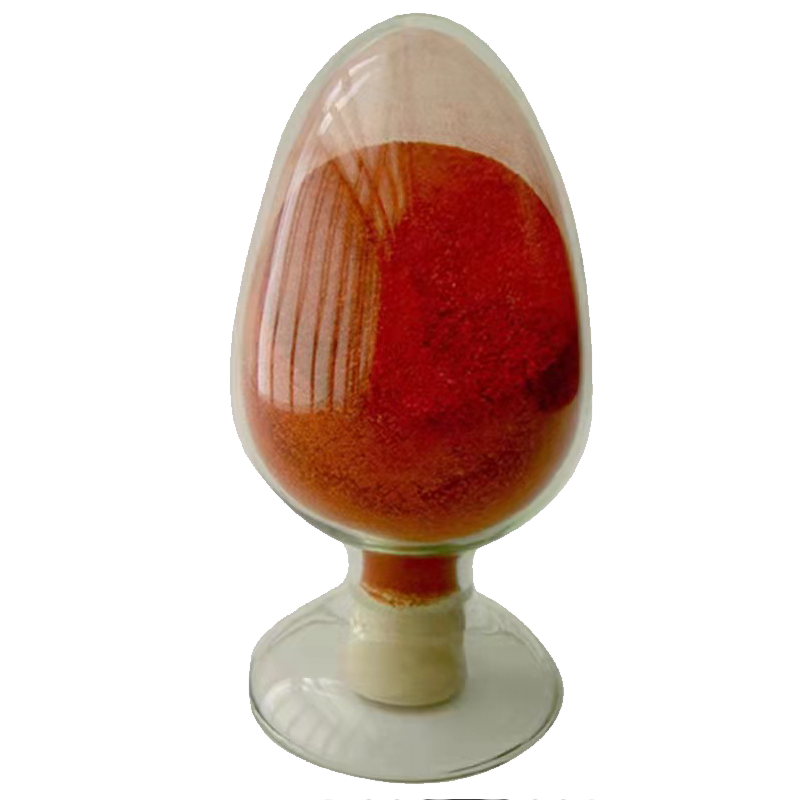
Plant Growth Regulator Atonik 98%TC
Atonik has the characteristics of high efficiency, low toxicity, and a wide range of applicable crops. It belongs to a strong cell activator and can quickly penetrate into the plant body after contact with plants, accelerating root growth, promoting growth and development, and preventing the occurrence of flower and fruit drop.
Formulac:C7H6NNaO4
Physical State: crystallize
Purity(%): 98%
Application: Agricultura
Color: Maroon
Formulation:1.4%Powder 1.8%Liquid and used to manufacturer more formulated product
- Category: Plant Growth Regulator
The action characteristics of Atonik
Atonik can quickly penetrate into the plant body, promote the flow of cell protoplasm, accelerate the rooting speed of plants, and promote the developmental stages of plant rooting, growth, reproduction and fruiting to varying degrees. Especially for the promotion of the elongation of pollen tubes, the effect of helping fertilization and firmness is particularly obvious. It can be used to promote plant growth and development, flower early, break dormancy, promote germination, prevent flower and fruit drop, and improve the quality of plant products. The product can be treated by foliar spraying, seed soaking, seedbed perfusion and flower bud spreading. Since monoAtonik is different from plant hormones, it can be used at any time between plant sowing and harvesting.
The advantages of double sodium nitrate in the use of crops
1. Broad spectrum: Atonik is suitable for all crops and all fertilizers (foliar fertilizer, compound fertilizer, base fertilizer for flushing fertilizer, base fertilizer, etc.), and it is suitable for any time.
2. Convenience: All fertilizers are added together without complex production process. Regardless of foliar fertilizer, flushing fertilizer, solid fertilizer, liquid fertilizer, etc., as long as they are added evenly, the effect is just as amazing.
3. Less dosage: Calculated by mu: 0.2 grams for foliar spraying; 8.0 grams for flushing; 6.0 grams of compound fertilizer (base fertilizer, topdressing fertilizer).
4. High content: the content of various active ingredients can reach 98%, without any harmful impurities.
5. Wide-ranging effect: After using Atonik, there is no need to add other similar synergists.
Disadvantages of double sodium nitrate in the use of crops
1. The effect is affected by low temperature and the duration is 7-14 days.
2. Atonik is an alkaline regulator, so it is limited in compounding and can only be compounded with neutral or alkaline regulators or fertilizers.
3. The dosage of Atonik is too large, and some sensitive crops are prone to phytotoxicity.
How to mix Atonik with water
1.8% water agent is commonly used as foliar fertilizer. When using it, it is diluted 2000-6000 times according to different crops and sprayed. In fact, Atonik is not a foliar fertilizer but an effective plant growth regulator, that is, it is used in direct fertilization. The (diluted) solution or powder contains a concentration range of 0.0003%-0.0009%.
The concentration of root application or watering can be increased to 5-10 times, because the roots will be fixed by the soil or the amount of loss will be large, and the utilization rate will be low.
Generally, 2-3g/ton (final use concentration is 2-3ppm) is added to the foliar fertilizer (including pesticides) diluted 1000 times, and the root fertilization fertilizer (including flush fertilization, drip fertilization, organic fertilizer, Mixed fertilizer, etc.), add 50-100 grams per ton.
How to use Atonik
Compound nitrophenol-sodium can be used in a variety of food and economic crops to increase production.
1. Grain crops: Before sowing rice and wheat, seeds can be soaked with nitrophenol-sodium for 12 hours. When the young spikes are formed and the spikes are fully formed, Aiduoshou can be used to spray the leaves, and the seedbed can also be perfused before rice seedlings are transplanted. The above concentrations are all 3000 times. During the growth period of corn and a few days before flowering, 6000 times of compound nitrophenol-sodium liquid can be used to spray the leaves and flower buds.
2. Economic crops
① Cotton grows 2 leaves, 8 to 10 leaves, when the first flower blooms, and when the cotton bolls crack, spray the front, Flowers and cotton bolls and other parts. ②At the soybean seedling stage and 4 to 5 days before flowering, 6000 times the liquid medicine can be used to treat the leaves and flower buds. Other legumes, such as mung beans and peas, can be used in this way.
③ When inserting sugarcane seedlings, soak the seedlings with 8000 times of medicinal solution for 8 hours. At the beginning of tillering, 2500 times of liquid medicine is sprayed evenly.
④ When tea tree seedlings are transplanted and during the growth period, the seedlings can be soaked for 12 hours with 6000 times of liquid medicine, or the leaves can be sprayed several times.
⑤In the seedling stage of tobacco or 4 to 5 days before transplanting, the seedbed can be perfused once with 20,000 times of medicinal solution. After transplanting, 12,000 times liquid foliar spray can be used twice with an interval of 1 week.
⑥The seedling stage of jute and flax was perfused twice with 20000 times medicinal solution, with an interval of 5 days.
⑦ During the growth period and flowering period of peanuts, spray the leaf stem 3 times (interval 1 week), the leaf surface and flower bud 1 time respectively with 6000 times the liquid medicine.
1. Fruit trees: After germination, 20 days before flowering, to the eve of flowering, and after fruiting, spray 1 or 2 times with 5000-6000 times of liquid respectively. This concentration range is suitable for grape, plum, persimmon, plum, longan, papaya, guava, lemon and other varieties. However, the concentration of pear, peach, citrus, orange, litchi and other varieties is 2000 to 1500 times. When fertilizing mature fruit trees, dig shallow ditches around the trunk, and irrigate 20-35L of 6000 times medicinal solution per plant.
4. Vegetables Most vegetable seeds can be soaked in 6000 times liquid medicine for 8-24 hours, and then sow after drying in the dark. But the soybeans are only soaked for about 3 hours. Potatoes are first soaked in the whole tuber for 5 to 12 hours, then cut, sterilized and immediately sowed. During the growth period after transplanting greenhouse vegetables, watering with 6000 times liquid medicine (or mixed with liquid fertilizer) has a significant effect on preventing aging and promoting the formation of new roots. Fruits and vegetables, such as tomatoes, can be sprayed with 6000 times the liquid medicine 1 or 2 times during the growth period and flower bud period. In addition, when phytotoxicity occurs to crops with high economic value, they can be treated several times with 6,000 to 12,000 times the liquid medicine, which is beneficial to restore normal growth.
Precautions for Atonik
1. When the concentration of nitrophenol-sodium is too high, it will inhibit the sprouts and growth of crops.
2. When treating stems and leaves, spray evenly. For crops that are not easy to adhere to the drops, the spreading agent should be added before spraying. (3) Compound nitrophenol-sodium can be mixed with general pesticides, including alkaline liquids such as Bordeaux mixture. If the soaking time of the seed disinfectant is the same as that of this agent, they can be used together. Enhanced efficacy when mixed with urea and liquid fertilizers. (4) For leafy greens and tobacco with bulbs, you should stop using Aidoshou one month before the bulbs are set and the cigarettes are collected. Otherwise, the balling will be delayed and the reproductive growth of tobacco will be too vigorous.
3. Store in a cool and dark place after sealing.
Package of Atonik
We also supply some accessories to add more functions for end-users' convenience, which also help our distributors and business partners sell our products in their area. Any special package requirements, please don't be hesitate to tell us.
Large Package:
Solid: 25Kg UN approved fiber drums with LDPE liner;
Liquid: 200L UN approved HDPE or iron drums.
Retail Package:
Solid: 10g;50g;100g;500g;1kg;5kg;25kg
Atonik suppliers
Agripestcide is a professional agrochemical chemical manufacturer, providing high quality and effective plant growth regulator Atonik with high quality and good service. If you are looking for Plant Growth Regulator Atonik, please feel free to contact us for the latest price.
Name | Atonik |
Formula | C7H6NNaO4 |
Molecular Weight | 109.13 |
EINECS N0. | 204-616-2 |
Melting Point | 188 °C |
Boiling Point | 284 °C |
Physical State | crystallize |
Color | Maroon |
Purity | 98% |
Package | 25kg Cardboard barrel |
Application | Agricultural |
Storage | Powder in plastic bags and water in brown glass bottles. Store in low temperature and dry place. |
Sample | Available |
EXP | 2 years |
Send an Inquiry
Your email address will not published. Required fieled are marked.
Related Products
Check out other related Products

